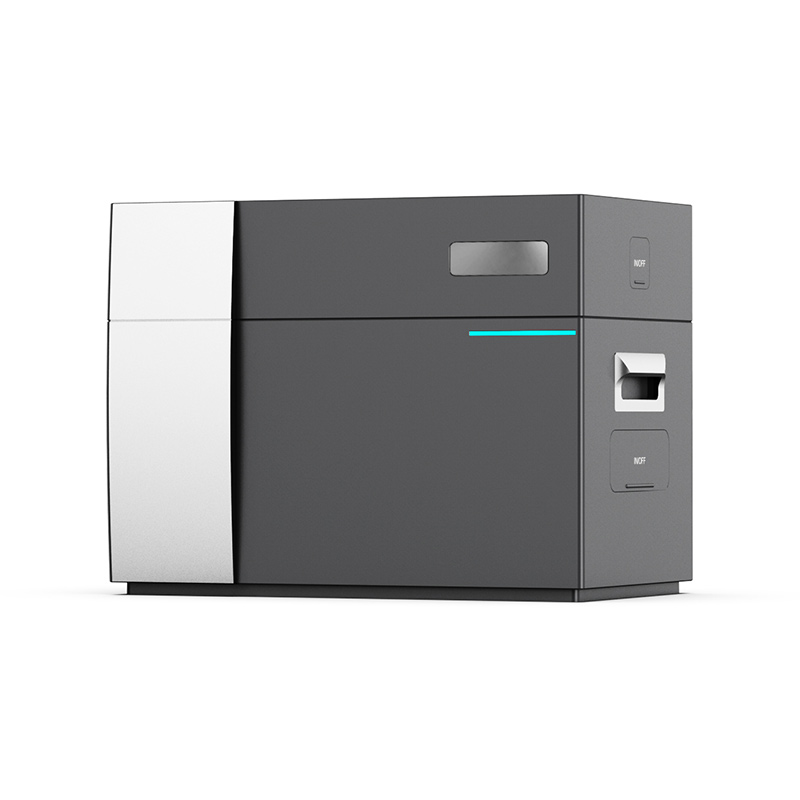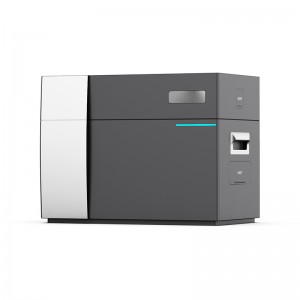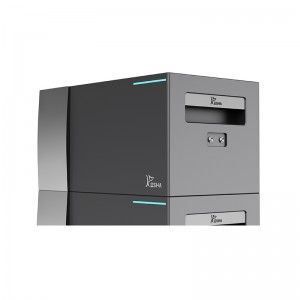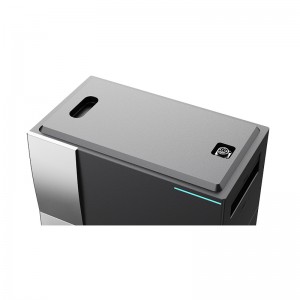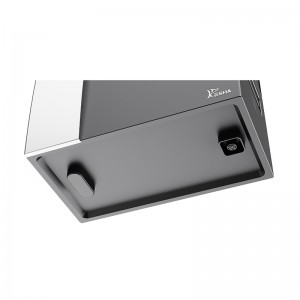KeSha Solarbank Portable Energy Battery KB-2000
Specs
| Capacity | 2048Wh |
| Input power (charging) / Rated output power (discharging) | 800W max |
| Input current / Output port | 30A max |
| Nominal Voltage | 51.2V |
| Working Voltage Range | 43.2-57.6V |
| Voltage range / Nominal voltage range | 11 ~ 60V |
| Input port / Output port | MC4 |
| Wireless type | Bluetooth, 2.4GHz Wi-Fi |
| Waterproof rating | IP65 |
| Charging temperature | 0~55℃ |
| Discharging temperature | -20~55℃ |
| Dimensions | 450×250×233mm |
| Weight | 20kg |
| Battery type | LiFePO4 |
Product Features

Capacity Detail Chart

FAQ
Q1: How does Solarbank work?
Solarbank connects the solar (photovoltaic) module and the micro inverter. PV power flows into Solarbank, which intelligently distributes it to the micro inverter for your home load and battery storage from all the surplus electricity. Excess energy will not directly flow into the grid. When energy generated is much less than your demand, Solarbank uses battery power for your home load.
You have control over this process via three methods on the KeSha app:
1. If PV power generation is greater or equal to your electricity demand, Solarbank will power your home through the bypass circuit. Excess power will be stored in Solarbank
2. If PV power generation is greater than 100W but less than your demand, PV power will go to your home load, but no energy will be stored. The battery will not discharge power.
3. If PV power generation is less than 100W and less than your electricity demand, the battery will supply power according to your specifications.
When PV power is not working, the battery will supply power to your home according to your specifications.
Examples:
1. At noon, Jack's electricity demand is 100W while his PV power generation is 700W. Solarbank will send 100W into the grid through the micro inverter. 600W will be stored in Solarbank's battery.
2. Danny's power demand is 600W while her PV power generation is 50W. Solarbank will shut down PV power generation and discharge 600W of power from its battery.
3. In the morning, Lisa's electricity demand is 200W, and his PV power generation is 300W. Solarbank will power his home through the bypass circuit and store excess energy in its battery.
Q2: What kind of solar panels and inverters are compatible with Solarbank? What are the exact specifications?
Please use a solar panel that meets the following specifications for charging:
Total PV Voc (open circuit voltage) between 30-55V. PV Isc (short circuit current) with 36A max input voltage (60VDC max).
Your micro inverter can match Solarbank's output specifications: Solarbank MC4 DC output: 11-60V, 30A (Max 800W).
Q3: How do I connect cables and devices to Solarbank?
- Connect Solarbank to the micro inverter using the included MC4 Y-output cables.
- Connect the micro inverter to a home outlet using its original cable.
- Connect the solar panels to Solarbank using the included solar panel extension cables.
Q4: What is the output voltage of Solarbank? Will the micro inverter work when set to 60V? Does the inverter have a minimum voltage for the micro inverter to work?
The output voltage of Solarbank is between 11-60V. When the output voltage of E1600 exceeds the start-up voltage of the microinverter, the microinverter starts working.
Q5: Does Solarbank have a bypass or does it always discharge?
Solarbank has a bypass circuit, but energy storage and solar (PV) power is not discharged at the same time. During PV power generation, the micro inverter is powered by the bypass circuit for energy conversion efficiency. A portion of excess energy will be used to charge Solarbank.
Q6: I have a 370W solar (PV) panel and a micro inverter with recommended input power between 210-400W. Will connecting Solarbank damage the micro inverter or waste power?
No, connecting Solarbank will not damage the micro inverter. We recommend you set the output power in the KeSha app to under 400W to avoid micro inverter damage.
Q7: Will the micro inverter work when set to 60V? Is there a minimum voltage required?
The micro inverter does not require a specific voltage. However, Solarbank's output voltage (11-60V) must exceed the start-up voltage of your micro inverter.

